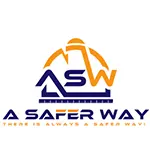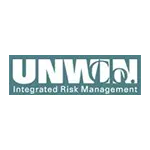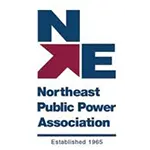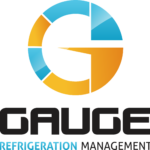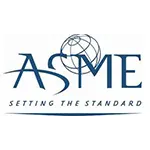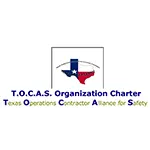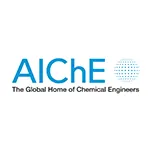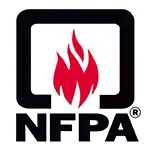Let us help you make sense of PSM / RMP!
My friend Brian Chapin will be offering an open-enrollment PSM/RMP class in Burleson, Texas, July 8th to 11th, 2025. Brian is an absolute pro in NH3 Refrigeration Process Safety. Anyone who attends will also get a FREE membership to SAFTENG. You can get more information on the class with this link.
CLICK HERE to Renew your Membership
CLICK HERE for a NEW Membership
CLICK HERE to see eligibility requirements for FREE Membership
If you have any questions, please contact m
SAFTENG has:
- Over 18,000 categorized unsafe acts/conditions and accident/injury photos
- Over 1,500 ppt's & doc's in the SAFTENG Library
- Over 4,000 Technical Articles on Process Safety, Emergency Response & OSH topics
- Over 450 videos (those not allowed on YouTube Channel)
Many THANKS to my NEW Members and those who CONTINUE to support SAFTENG:









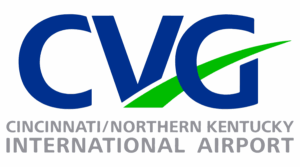

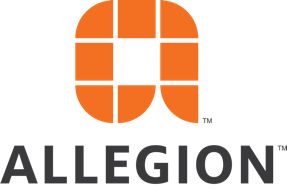

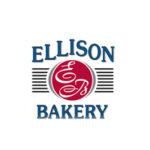
April 25, 2025
Flammable liquids shall be drawn from or transferred into vessels, containers, or portable tanks within a building: only through a closed piping system, from safety cans, by means of a device drawing through the top, or from a container or portable tanks by gravity through an approved self-closing valve. Transferring by means of air pressure on the container or portable tanks shall be prohibited. So...
Read More
April 25, 2025
How dare OSHA even mention “torque” as part of a PSM QA program…
…
HomeRead More »
Read More
April 25, 2025
This was published 30+ years ago, but it makes so much sense I thought it was fitting to share far and wide again. Each employer must address what actions employees are to take when there is an unwanted release of highly hazardous chemicals. Emergency preparedness or the employer’s tertiary (third) lines of defense are those that will be relied on, along with the secondary lines of defense, when...
Read More
April 24, 2025
I’ll never understand this new way of doing math!! But it’s all the rage. 😉
…
HomeRead More »
Read More
April 24, 2025
It is being said that the fatal explosion that killed a 35-year-old battalion chief while operating at a tractor-trailer fire was a “smoke explosion.” The investigation continues, looking at other fuel sources, such as the foam insulation in the trailer. They have ruled out a BLEVE. A sample of rigid foam insulation from the trailer was provided for testing to identify the foam type and...
Read More
April 24, 2025
At 1:45 p.m. on June 2, 2020, Employee #1, 30, was working for a plumbing/HVAC contractor. This was a commercial construction site. Employee #1 was pressure testing a water line. Employee #1 was struck by a steel end cap from a pressurized 8-inch water line during a pre-use air pressure test. Employee #1 suffered an arm fracture, a fractured jaw, and was hospitalized. … HomeRead More »...
Read More
April 24, 2025
At 4:15 p.m. on June 30, 2024, Employee #1, a maintenance technician, 27, was assisting with WLV pressure testing when a rod was ejected from the WLV system. The rod struck Employee #1 in the head, causing a fatal injury. Emergency services were called, but the employee died from the injuries. Violations/Penalties Serious Willful Repeat Other Total Initial Violations 5 1 6 Current Violations 3 1 4...
Read More
April 24, 2025
We say this for so many of these maintenance tasks… LINE BREAK PERMIT brings so much safety to maintenance work that it should extend well beyond PSM/RMP-covered processes. The Safe Work Permitting process, when developed, implemented, and managed PROPERLY, will go a long way to reduce the chances of this type of accident. At approximately 8:00 a.m. on February 9, 2022, a 61-year-old employee...
Read More
April 23, 2025
The SOII program is a key component in providing essential data and insights to support these initiatives as it tracks workplace incidents across industries and occupations, documenting their frequency, characteristics, and impact on workers. This comprehensive data collection enables meaningful industry comparisons and reveals safety trends. Government agencies and industry leaders rely on these insights...
Read More
April 23, 2025
Quick Facts: Occupational Health and Safety Specialists and Technicians 2024 Median Pay $78,900 per year$37.93 per hour Typical Entry-Level Education See How to Become One Work Experience in a Related Occupation None On-the-job Training See How to Become One Number of Jobs, 2023 153,500 Job Outlook, 2023-33 14% (Much faster than average) Employment Change, 2023-33 21,900 Source: https://www.bls.go...
Read More
April 23, 2025
Look closely at this mobile work cabinet and see if you can identify the “error trap.” The answer is two parts…
…
HomeRead More »
Read More
April 23, 2025
What do you see wrong with this pic? There are two issues with the pic. One is shown (Hint: it’s not in an OSHA standard, but is in the NRTL testing standard), and the other is a common violation (the #1 violation regarding the improper use of these safety cans) that is also visible in the pic, but not in the direct sense. The hint for this 2nd violation can be found in 1910.106(e)(9). … HomeRead...
Read More



